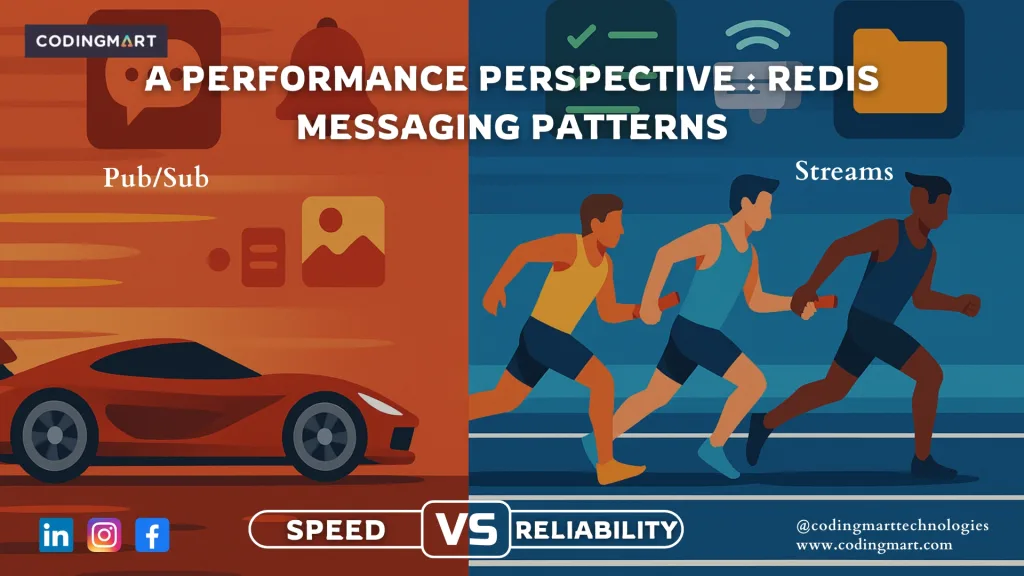When building real-time systems, message delivery mechanisms play a crucial role in defining system behavior under load. Redis offers two core messaging patterns: Pub/Sub and Streams. While they can seem similar at first glance, their performance characteristics and design goals are quite different.
Redis Pub/Sub: Speed Over Reliability
Redis Pub/Sub is built for scenarios where ultra-low latency is critical and message durability is not a requirement. In this model, publishers send messages to channels, and only clients subscribed at that moment receive them.
This makes Pub/Sub ideal for fire-and-forget messaging. There’s no overhead of message persistence or consumer tracking, which results in extremely fast delivery. Latency can be as low as a few hundred microseconds depending on network conditions and system load.
However, this performance comes with trade-offs. If a subscriber is temporarily disconnected or slow to process messages, those messages are irreversibly lost. There’s also no built-in support for scaling out consumers or distributing the message load among them.
Pub/Sub works well for:
- Real-time UI updates
- Live notifications
- Lightweight system metrics
- Games or collaborative tools where speed trumps reliability
In summary, Pub/Sub is simple, efficient, and fast but best used in scenarios where data loss is acceptable.
Redis Streams: Performance with Durability
Redis Streams offers a more robust messaging model focused on reliability, persistence, and scalability. It introduces a log-like data structure where each message is stored in a stream with a unique ID. Consumers can read messages at their own pace, and consumer groups allow messages to be distributed among multiple consumers, with each member processing a subset of the stream.
This enables Redis Streams to support backpressure and message acknowledgment, making it much more suitable for building event-driven systems, job queues, or data pipelines. Because messages are persisted, consumers can reconnect later and resume processing without loss.
While Redis Streams introduces a slight latency overhead compared to Pub/Sub (typically in the 1–2 ms range), it delivers significantly better reliability, fault tolerance, and observability. You gain full control over delivery guarantees and message tracking.
Redis Streams excels in:
- Asynchronous task processing
- Event sourcing and CQRS
- Reliable IoT data ingestion
- Microservice communication with delivery guarantees
It also scales better horizontally, especially when using consumer groups to distribute the processing load efficiently.
Choosing the Right Tool
The decision between Redis Pub/Sub and Streams should be based on the nature of your workload.
- Choose Pub/Sub when you prioritize speed and simplicity, and your system can tolerate occasional message loss.
- Choose Streams when you need reliability, consumer state tracking, and delivery guarantees even if it comes at a slight performance cost.
Understanding these trade-offs early can help avoid architectural bottlenecks and ensure your system behaves as expected under load.
Final Thoughts
Redis gives you the flexibility to choose the right messaging model for your use case. Pub/Sub shines in high-speed, transient messaging scenarios, while Streams are better suited for robust, fault-tolerant data pipelines.
If you’ve used both in production, I’d love to hear how you balanced performance and reliability in your decision-making. What challenges did you encounter, and what lessons did you learn?
